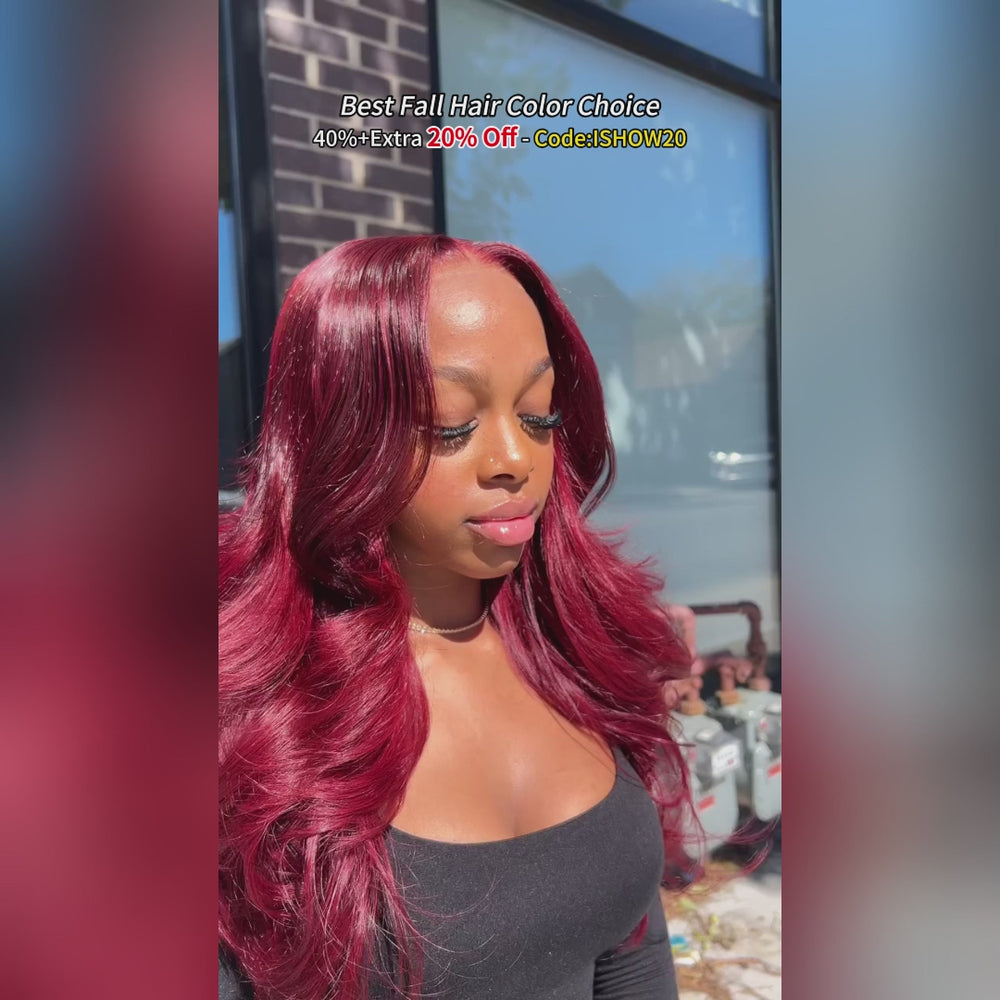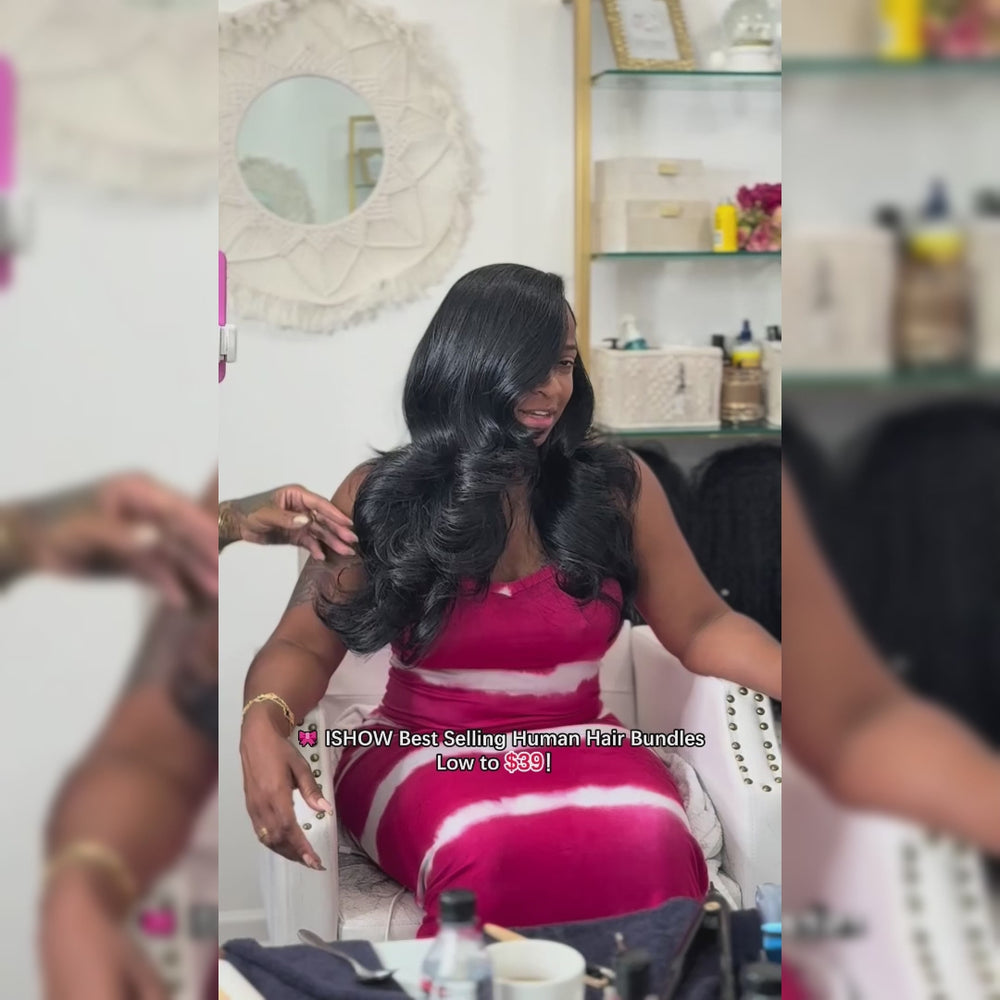Can You Wear a Wig Every Day? Things You Need to Know
Wigs have become increasingly popular in recent years, serving as both a fashionable accessory and a practical solution for those experiencing hair loss. From celebrities on the red carpet to everyday individuals seeking to switch up their looks or boost their confidence, wigs offer a versatile and convenient way to transform one's appearance. With the ability to instantly change hairstyles, colors, and lengths without committing to a permanent change or damaging natural hair, it's no wonder that many people are turning to wigs as a daily styling option. However, before incorporating wigs into your daily routine, it's essential to understand the factors that contribute to safe and comfortable wear, as well as the proper care and maintenance required to keep your wigs looking their best.

Is It Safe to Wear a Wig Every Day?
The safety of wearing a wig every day depends on several factors, including the quality of the wig, proper care and maintenance, and your scalp health.
Daily Wear Safety Factors:
- Quality of the wig: High-quality wigs made from breathable materials, such as human hair or heat-friendly synthetic fibers, are less likely to cause scalp irritation or damage to your natural hair.
- Proper wig care and maintenance: Regularly washing, conditioning, and styling your wig according to the manufacturer's instructions helps to keep it clean and free from damage, reducing the risk of scalp issues.
- Individual scalp health: If you have a sensitive scalp or pre-existing scalp conditions, such as psoriasis or dermatitis, wearing a wig every day may exacerbate these issues.
Daily Wear Risks:
- Scalp irritation and allergic reactions: Wearing a wig that is too tight, made from low-quality materials, or not properly cared for can lead to scalp irritation, redness, and itching.
- Traction alopecia: Constantly wearing a wig that puts excessive pressure on your hairline can cause traction alopecia, a form of hair loss caused by prolonged tension on the hair follicles.
- Fungal or bacterial growth: If your wig and scalp are not properly cleaned and dried, the warm, moist environment created by the wig can promote the growth of fungi or bacteria, leading to scalp infections.
How Long Should You Wear a Wig in a Day?
Type-Specific Wear Times:
Human hair wigs
These wigs are more breathable and less likely to cause scalp irritation, making them suitable for longer wear. However, it's still important to remove your human hair wig before going to bed to allow your scalp to breathe and to protect the wig from tangles and matting.
Synthetic wigs
Synthetic wigs are less breathable than human hair wigs and may cause more scalp irritation if worn for extended periods. It's generally recommended to wear synthetic wigs for no more than 6-8 hours per day, especially if you have a sensitive scalp.
Breaks for Scalp Health:
Regardless of the type of wig you wear, it's crucial to give your scalp and natural hair a break from the constant pressure and coverage of a wig. Allowing your scalp to breathe and your natural hair to be free from the constraints of a wig cap helps to promote healthy hair growth and reduces the risk of scalp irritation and damage.
Signs for Wig Removal:
- Itching or irritation: If you experience persistent itching or irritation while wearing your wig, it's a sign that your scalp needs a break.
- Excessive sweating: If you notice that your scalp is sweating more than usual under your wig, it's important to remove the wig and allow your scalp to dry and cool down.
- Headaches or tension: If you develop headaches or feel a sense of tension around your hairline while wearing your wig, it may be a sign that the wig is too tight or that you've been wearing it for too long.
Tips for Wearing a Wig Every Day
If you plan on wearing a wig every day, there are several tips you can follow to ensure a comfortable and secure fit while maintaining the health of your scalp and natural hair.

Selecting Cap and Size
- Wig cap: Select a wig cap that is comfortable, breathable, and matches your skin tone. Options include nylon, mesh, and bamboo wig caps, each with their own benefits for different scalp types and comfort preferences.
- Wig size: Measure your head carefully and choose a wig size that fits snugly but not too tightly. A wig that is too loose may shift or fall off, while a wig that is too tight can cause discomfort and damage to your hairline.
Application Methodology:
- Secure your natural hair: Before applying your wig, ensure that your natural hair is properly secured underneath a wig cap or wrapped flat against your head to create a smooth base for your wig.
- Adjust the wig: Place the wig on your head and adjust it to ensure a comfortable and natural-looking fit. Use the ear tabs and adjustable straps (if available) to secure the wig in place.
Scalp Care with Wigs:
- Regularly cleansing and moisturizing your scalp: Use a gentle, moisturizing shampoo and conditioner to keep your scalp clean and hydrated. Be sure to thoroughly rinse away any products to prevent buildup under your wig.
- Using a wig cap liner or scalp protector: Consider using a wig cap liner or scalp protector to create a barrier between your scalp and the wig, reducing friction and absorbing excess moisture.
Rotating Wigs:
If you wear wigs every day, it's a good idea to have multiple wigs in rotation. Alternating between different wigs allows each wig to rest and air out between wears, reducing the risk of scalp irritation and damage to the wigs themselves. It also provides an opportunity to experiment with different styles and colors without putting too much stress on any one wig.
Benefits of Changing Wig Styles Every Day
Individual Wig Care
By alternating between multiple wigs, you give each wig a chance to rest and recover between wears, which can help prolong their lifespan and maintain their quality.
Styling Versatility
Having a variety of wig styles and colors allows you to easily switch up your look to match your mood, outfit, or occasion without committing to a permanent change.
Tips for Building a Wig Collection for Daily Use
- Investing in high-quality wigs: When building a wig collection for daily wear, it's important to invest in high-quality wigs that are comfortable, durable, and natural-looking. Look for wigs made from premium materials, such as human hair or heat-friendly synthetic fibers, and opt for well-constructed caps that provide a secure and comfortable fit.
- Choosing diverse styles and colors: To maximize your styling options, choose wigs in a range of styles, lengths, textures, and colors. Consider including a mix of casual everyday styles, as well as more formal or glamorous options for special occasions.
How to Store and Organize Your Wig Collection for Easy Access
Storage Methods
Invest in proper storage solutions for your wig collection, such as wig stands, mannequin heads, or breathable storage bags, to keep your wigs organized and easily accessible.
Labeling and categorizing
Label each wig with its style name, color, and any specific care instructions to make it easy to find the perfect wig for any occasion. Consider categorizing your wigs by style, length, or color to further streamline your daily wig selection process.
Make Everyday a Good Hair Day with Wigs!
In conclusion, wigs offer an incredible opportunity for personal transformation and everyday convenience but come with the need for mindful usage. Wearing a wig every day is certainly feasible, but it hinges on choosing the right quality of wigs, maintaining them properly, and being attentive to your scalp's health. By investing in high-quality wigs, caring for them diligently, and rotating between different styles, you can enjoy the versatility of wigs without compromising the health of your natural hair or scalp. It's about finding that sweet spot where fashion meets function-keeping your wig game strong and your natural tresses healthy. With the right practices, you can confidently incorporate wigs into your daily routine, ensuring that each day is an opportunity to showcase a new facet of your style while taking care of your hair's well-being.











